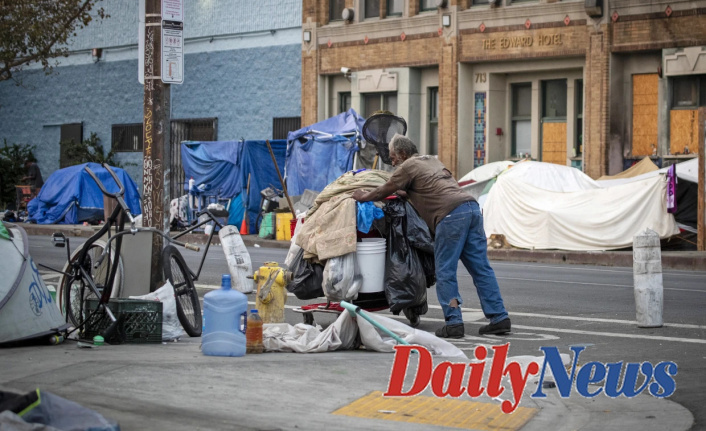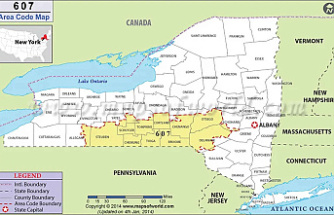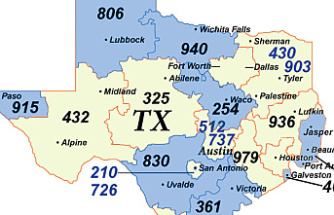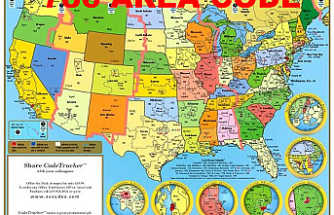LOS ANGELES -- California spends billions of dollars each year on homelessness, but there is little evidence to back it up. Experts warn that thousands may die before adequate housing is available.
In San Francisco, hundreds remain vacant housing vacancies as efforts to match homeless people with hotels rooms and other temporary housing have been slowed by the Covid-19 pandemic.
According to a City Audit, Los Angeles' $1.2 billion bond measure is not meeting its promise to provide up to 10,000 units of housing for the homeless over the next ten years. Construction costs have skyrocketed and projects are dragging on.
"It's almost like the living dead out there," LaJuana Johnson said. She lives in a tent in downtown Los Angeles on Skid Row. They're waiting for the judgment."
The state has promised to give another $2B to homeless programs. This includes behavioral health housing and clearing encampments.
A decentralized funding system makes it more complicated to track how money is spent. The 2021 state audit lashed out at the California Interagency Council on Homelessness (which was one of the reasons it was established in 2017).
Each county and city must make their own decisions about how to obtain funding from federal, state, local and other sources. Then, they will have to agree on programs to be approved by all parties -- politicians, providers and county officials.
Molly Rysman is chief program officer of the Los Angeles Homeless Services Authority. This authority coordinates spending and oversees housing as well as social services in sprawling Los Angeles County. "We don't have a well-oiled machine, and that has created a real crisis for this county in terms housing unhoused residents."
California had 161,548 homeless people in 2020. This was the last year that a count was done by Covid-19. As pandemic-fueled unemployment rises and housing costs soar, service providers are anticipating an even greater number.
Governor Gavin Newsom announced in January that the state would give a record $14 billion over several years to combat homelessness in major cities. Gavin Newsom announced that the state would provide a record $14 billion over several decades to address homelessness in large cities and small communities.
Last month, the state gave $50 million in grants to several cities and counties. This included Santa Cruz and Orange counties. The funds were used to shelter 1,400 homeless people. The amount could rise to $500 million if the Legislature approves Newsom’s June budget.
According to the governor's office, millions more have been allocated to cities and counties by the state's Roomkey or Homekey initiatives. These have provided shelter for 58,000 people since 2020.
"I don’t want to see more people die on the streets and call it compassion," he stated in January as he unveiled his $286.4 million budget proposal. "There's nothing compassionate about someone walking on the sidewalks or dying on the streets."
"Several thousand unhoused residents will starve"
Federal officials called Los Angeles the "homeless capital" in 1984. Since then, has lived up to this title . More than 66,000 people are homeless in Los Angeles, a county with a population of 10 million.
In 2017, voters agreed to tax themselves after being shocked and saddened by people living in tents in wealthy neighborhoods, parks, and under-freeways. Measure H, a quarter cent sales tax, has so far generated $1.7 billion, or approximately $425 million per year according to the Los Angeles County Homeless Initiative. This organization oversees the funds, and devises strategies to reduce homelessness. This money is used to pay for social services, rental subsidies, and the construction of new housing.
According to county data, Los Angeles County has housed approximately 78,000 residents and put nearly 105,000 people in interim housing.
Cheri Todoroff (executive director of the county’s homeless initiative) warned that demand is outpacing supply.
She stated that Measure H funding is not sufficient to meet the need last month in a presentation. We need to continue to invest in our homeless services system to expand and provide new services.
Another voter-approved measure in Los Angeles is failing to deliver on its promise of supportive housing. This would connect homeless people with social services and create thousands more units. According to a city controller audit, only 16 percent of the projects approved have been completed since Proposition HHH passed in 2016. That's a total of 1,142 units over five years.
Nearly half of all the projects approved by the City are currently under construction.
The city controller discovered that construction costs are increasing as time goes by, putting at risk the lives of over 40,000 homeless people. Predevelopment currently has the most expensive project at $837,000 per unit. However, the average cost per unit has increased from $531,000 in 2020, to $596,846 by 2021.
Ron Galperin, City Controller, grimly stated that "at the current trajectory", several thousand residents will die before HHH housing projects are complete.
He said that it was a moral crisis and a humanitarian crisis.
Los Angeles Housing Department, which manages Proposition HHH funds declined to comment and referred NBC News on a email it sent to Mayor Eric Garcetti Feb. 23. It stated the rising costs of land and building materials are to blame.
Rysman of the homeless services authority said that California's high living costs are a major reason for homelessness. Without affordable housing, the state would continue to struggle.
She said, "It's an amazing challenge trying to get people from homelessness using free market." "This country needs to make a serious assessment of whether this will work. "What we are doing now is not enough."
San Francisco works hard to meet its housing need
London Breed , the San Francisco Mayor, set the goal to create at least 6,000 housing units and shelters in two years. According to city data, the city had housed over 3,700 people as of January 31, and was on track to reach its goal of buying 1,500 permanent supportive housing units to pair residents with services.
Nearly 900 vacant permanent supportive housing units remained vacant as of February 22, according to the city. Around 1,633 homeless applicants were still waiting for their permits to move in. According to Emily Cohen, deputy director of communications and legislative Affairs for the city Department of Homelessness and Supportive Housing, the pandemic caused the system to slow down. Providers prioritized housing for those at high risk of dying from Covid.
She stated that she believed we would achieve our goals faster, but also believed we would be more successful in fighting the pandemic.
She said that San Francisco has offered emergency shelter to more than 3,000 people since the pandemic began and that it has placed over 900 in permanent housing, including nearly 200 in January.
San Francisco, just like Los Angeles has a shortage in affordable housing stock, even for those who are already homeless.
Cohen stated that while we are making great progress in certain areas, the reality is that homelessness remains very visible for the average citizen. This drives the conversation. It still feels like we are in crisis, despite the fact that we're making great progress.












